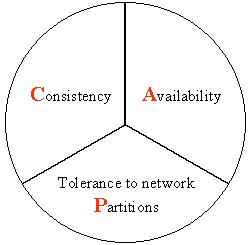We introduce the theoretical study of a Platform Equilibrium in a market with unit-demand buyers and unit-supply sellers. Each seller can join a platform and transact with any buyer or remain off-platform and transact with a subset of buyers whom she knows. Given the constraints on trade, prices form a competitive equilibrium and clears the market. The platform charges a transaction fee to all on-platform sellers, in the form of a fraction of on-platform sellers' price. The platform chooses the fraction to maximize revenue. A Platform Equilibrium is a Nash equilibrium of the game where each seller decides whether or not to join the platform, balancing the effect of a larger pool of buyers to trade with, against the imposition of a transaction fee. Our main insights are: (i) In homogeneous-goods markets, pure equilibria always exist and can be found by a polynomial-time algorithm; (ii) When the platform is unregulated, the resulting Platform Equilibrium guarantees a tight $\Theta(log(min(m, n)))$-approximation of the optimal welfare in homogeneous-goods markets, where $n$ and $m$ are the number of buyers and sellers respectively; (iii) Even light regulation helps: when the platform's fee is capped at $\alpha\in[0,1)$, the price of anarchy is 2-$\alpha$/1-$\alpha$ for general markets. For example, if the platform takes 30 percent of the seller's revenue, a rather high fee, our analysis implies the welfare in a Platform Equilibrium is still a 0.412-fraction of the optimal welfare. Our main results extend to markets with multiple platforms, beyond unit-demand buyers, as well as to sellers with production costs.
翻译:暂无翻译



